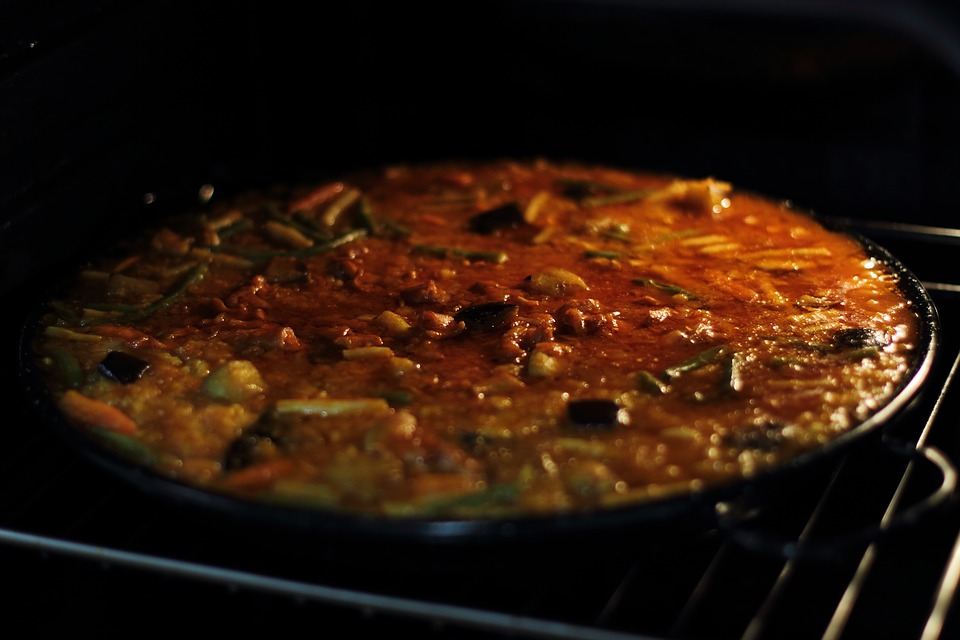Imagine a pasta without the flavourful parsley or basil, bland isn’t it? Well, Italian cuisine is the doorway to the world of aromatic herbs that fortify and enhances the flavour of any meal. When it
Imagine a pasta without the flavourful parsley or basil, bland isn’t it? Well, Italian cuisine is the doorway to the world of aromatic herbs that fortify and enhances the flavour of any meal. When it comes to Italian food, it is safe to say that the seasonings are important as much as any other ingredient is. Most of the well-known aromatic herbs grow naturally and abundantly throughout the Italian countryside. Through herbs, we are linked to earth and history both tangibly and metaphorically. Food during ancient Rome was prepared simply without any herb or spices. However, it was during the Roman Empire that the cuisine had a makeover from simple preparations to strong flavours that were influenced by the use of herbs and spices. So what are the essential herbs that complete Italian cuisine, here are some of them!
1. Basil – Basilico in Italian, this is a major herb in the Italian cuisine just like parsley. It brings an unbelievable freshness to any Italian dish and goes perfectly well with garlic, cheeses and tomatoes. Basil is found in almost everything, from soups to sauces, it is an excellent source of Vitamin K. It can be used both fresh and dried, the fresh ones are used in cold dishes or added to the plate after cooking while the dried ones are used to flavour things that will prepare for a while such as sauces. Basil has a health benefit of being antibacterial.
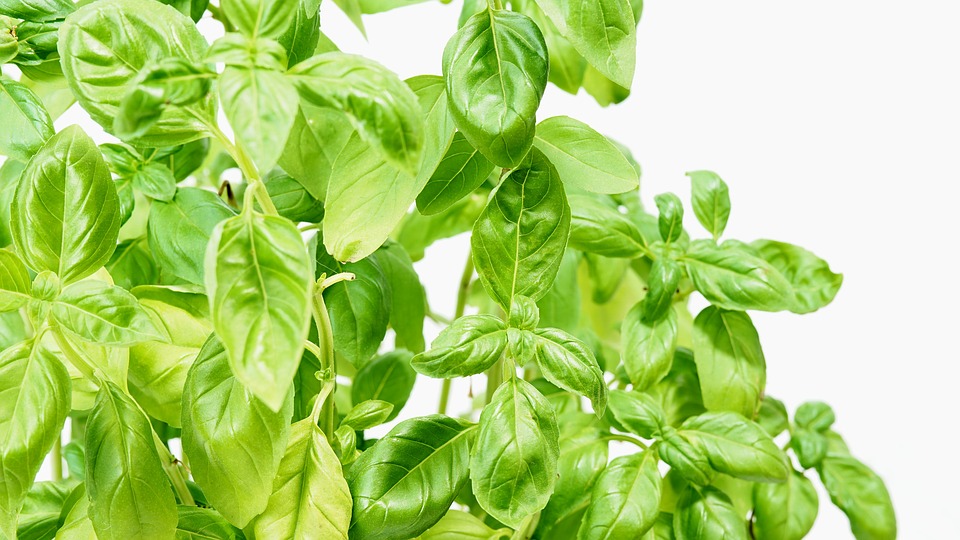
2. Parsley – The universal favourite, this herb is capable of enhancing the taste and texture of any dish, let alone pasta. Mostly used a garnish, parsley is found commonly in seafood and vegetable sauces and most pasta dishes, sauces and soups. Parsley is great for your health as it has vitamin A, B and C, and it is also a great breath freshener, which is why parsley is paired with garlic.
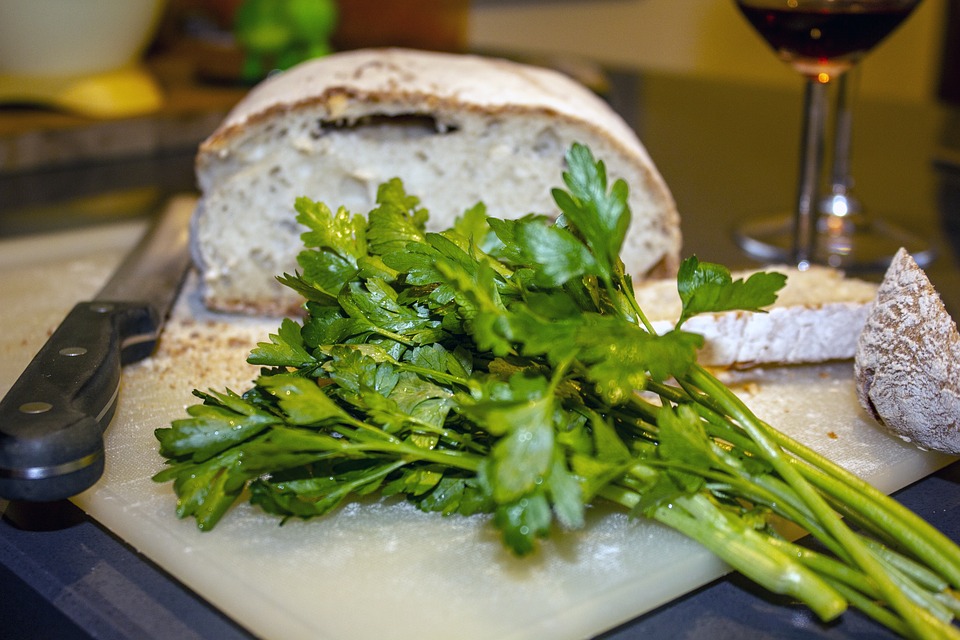
3. Oregano – A flowering plant in the mint family, oregano is native to the temperate Western and Southwestern Eurasia and the Mediterranean regions. This herb has a strong aromatic, bitter and pungent flavour which is why it is mostly used as a seasoning in tomato sauces, soups, vegetable dishes, sausages and other meat dishes. Oregano and marjoram are often confused with being the same, but oregano has more potent aroma whereas marjoram is sweeter and more delicate. Oregano is preferably used dried as it is more flavourful.
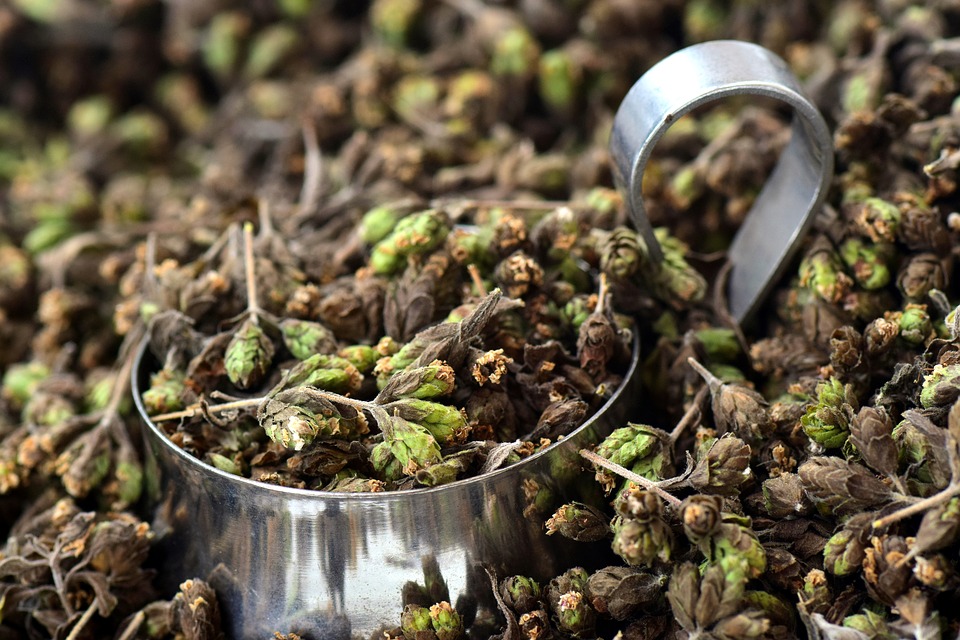
4. Thyme – A member of the mint family, this herb is widely used throughout the Mediterranean region. This herb can be utilised both fresh or dried, all depending on what is convenient for you. It is often used as seasoning blend that can be used for poultry and stuffing. Thyme is commonly found in fish sauces, chowders and soups.
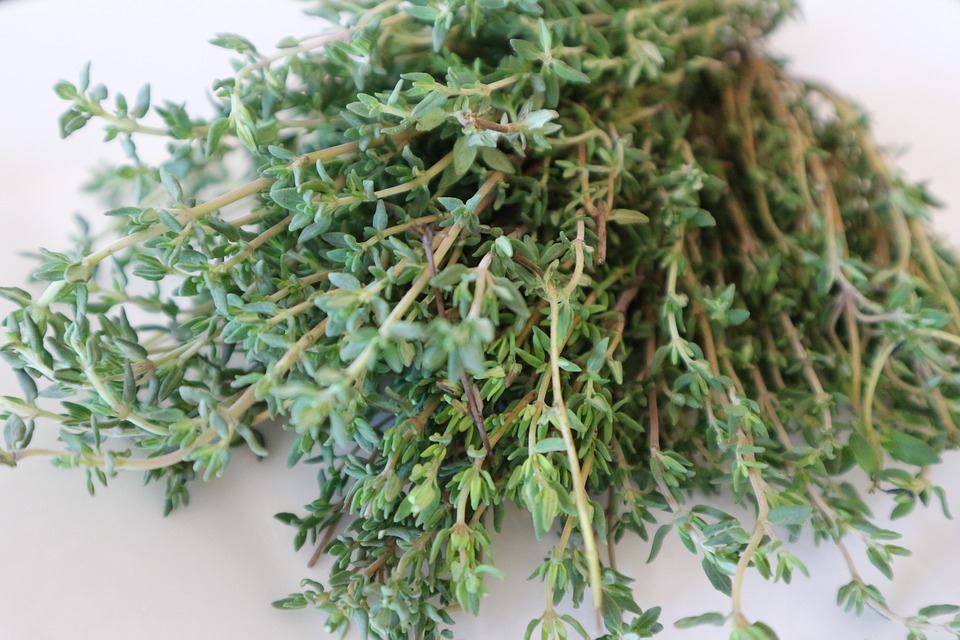
Discover these flavourful herbs in the wide variety of dishes at Pomodoro Sardo in Sorrento, Victoria.

